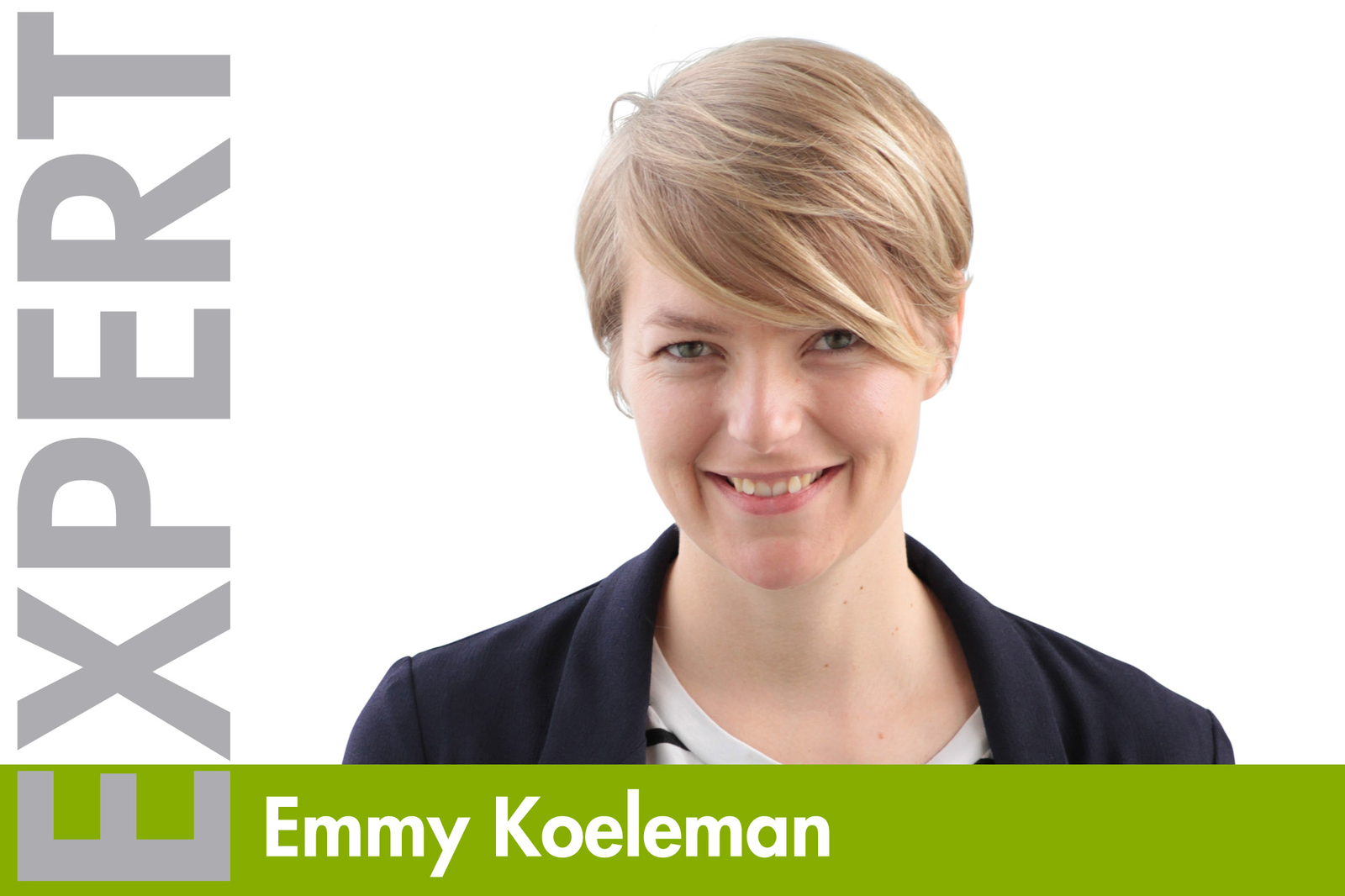Dairy nutrition: more important than ever

Recently I attended the World Dairy Summit in Vilnius. It provided a lot of insights about the current and future dairy situation in the world. Conclusion: we produce too much milk at the moment. At the same time animal feed companies seem to focus on dairy cow nutrition and to ‘get more milk out of less feed’ more than ever before.
It seems like a paradox, why try to produce even more milk. But it makes sense. Since the milk quota abolition in the European Union (April 1st this year), the global dairy market seems a bit distorted. Large volumes of milk hit the market and consumption growth figures don’t seem to be able to catch up. Big interventions such as the ending of the milk quota system have a big impact and increase the risk of price volatility. Also inventories of e.g. milk powder are getting larger. This has been reflected in the free fall of milk prices on the global market. So, dairy farmers around the world are under a lot of pressure.
Reducing the feed costs
All in all, this leads to a big increase of production costs per litre of milk. With the current situation and prospects, the milk prices will not increase in the coming months. Dairy farmers therefore should take a critical look at their production costs, and look for ways to reduce these. Obviously, farmers have fixed costs, including medium and long-term bank payments, leases, rents, real estate taxes, and insurance. And then we have the variable costs, with feed expense being the largest one on a dairy farm. Growing, harvesting, and storing forages (which includes land and machinery) is also part of the feed costs.
We have also experienced high prices of raw materials and energy. As a result, I noticed that animal nutrition companies have increased their focus on dairy nutrition. More products are hitting the market and on conferences, the dairy sessions seem to be busier than ever. Feed products to increase profitability range from supplements to increase milk efficiency, improving silage quality to increase feed intake, milk production and feed efficiency, and products to protect the herd from mycotoxins (to reduce further costs later in the process). But also investing in calf nutrition, to gain a more efficient dairy cow, has been a popular theme in the past year.
More consumption to bring back balance
In the meantime, the global dairy market will stay a bit disrupted in the coming months. At the World Dairy Summit Jeremy Hill, chairman of the International Dairy Federation (IDF), the organising party of the WDS, stated that the IDF wants to make a greater effort in the coming years to increase the share of dairy products in human nutrition. Further boosting of global demand of dairy products, is according to Hill one of the priorities to bring the balance back between supply and demand in the coming months and years. He also foresees a more stable growth of the global dairy sector, which could be positive for the milk prices. In the meantime, dairy farmers have to focus on reducing the production costs and make use of certain feed supplements and/or new feeding strategies.











